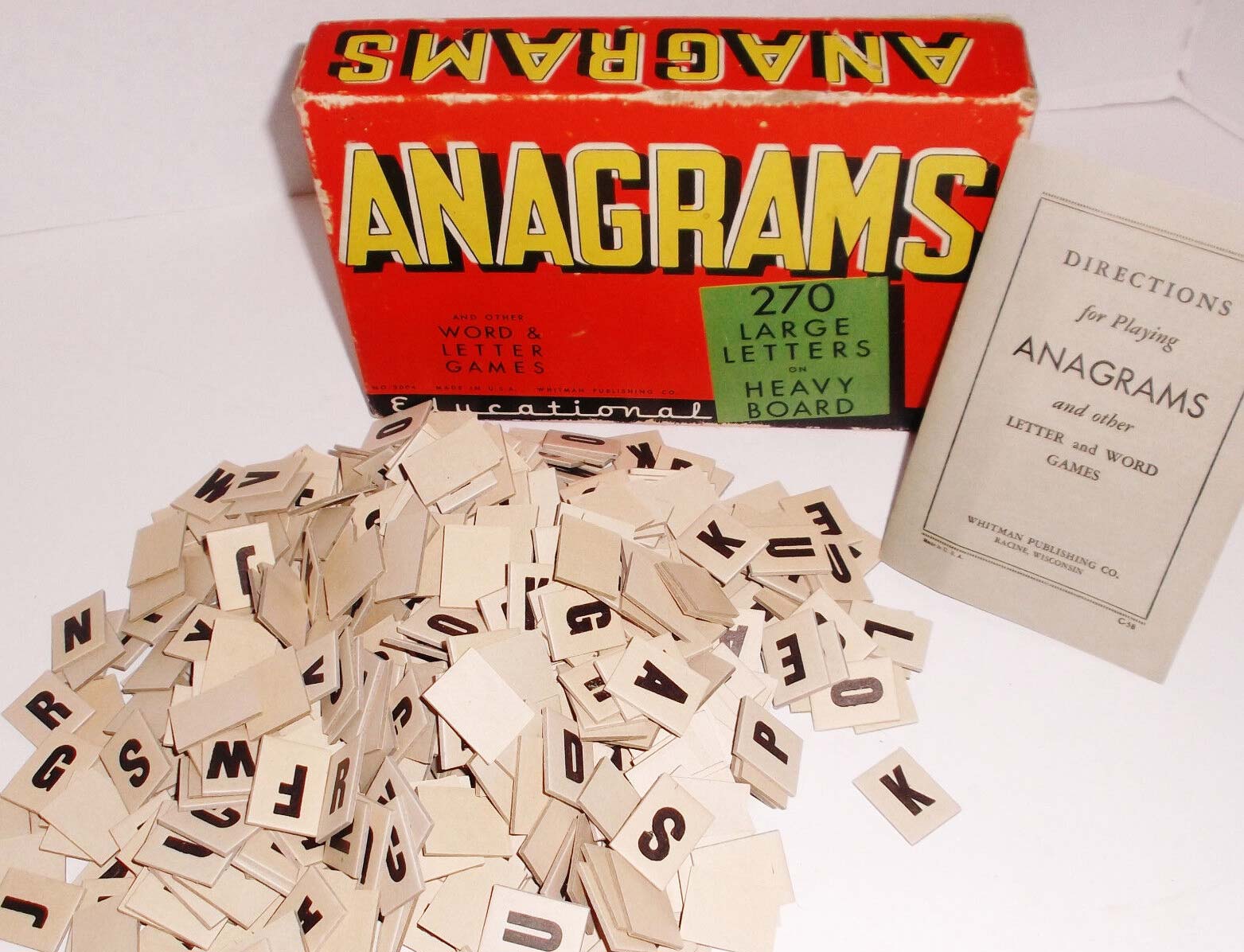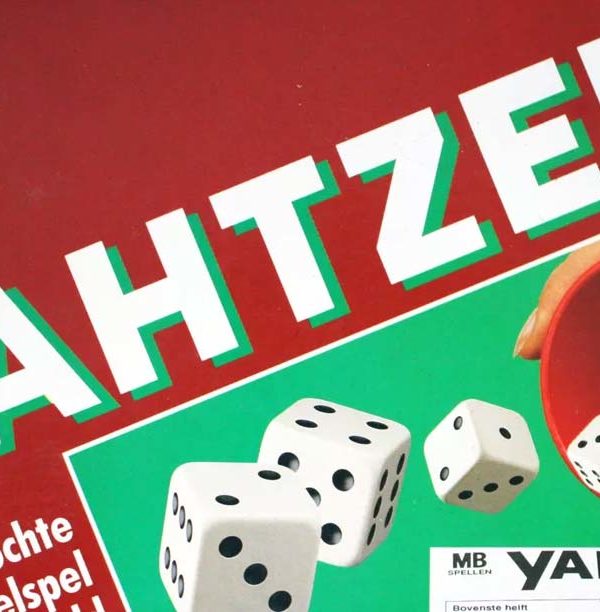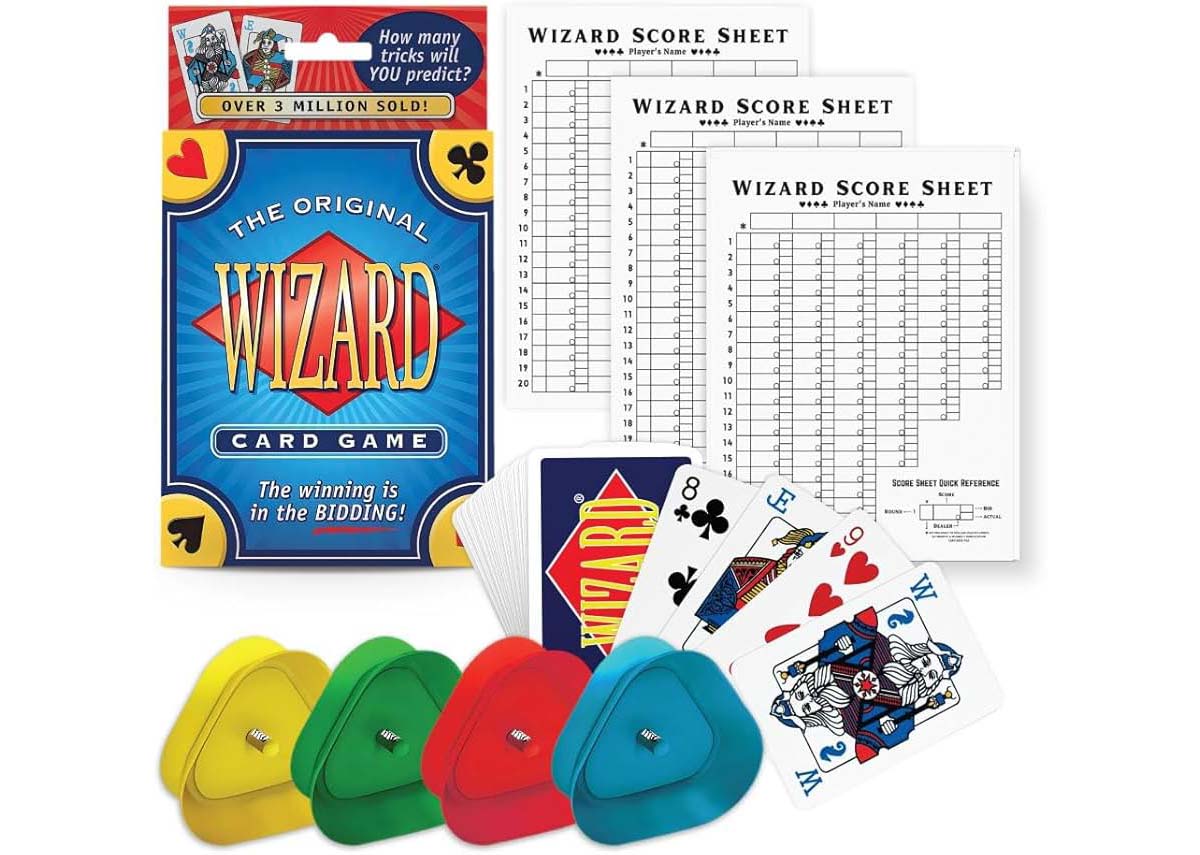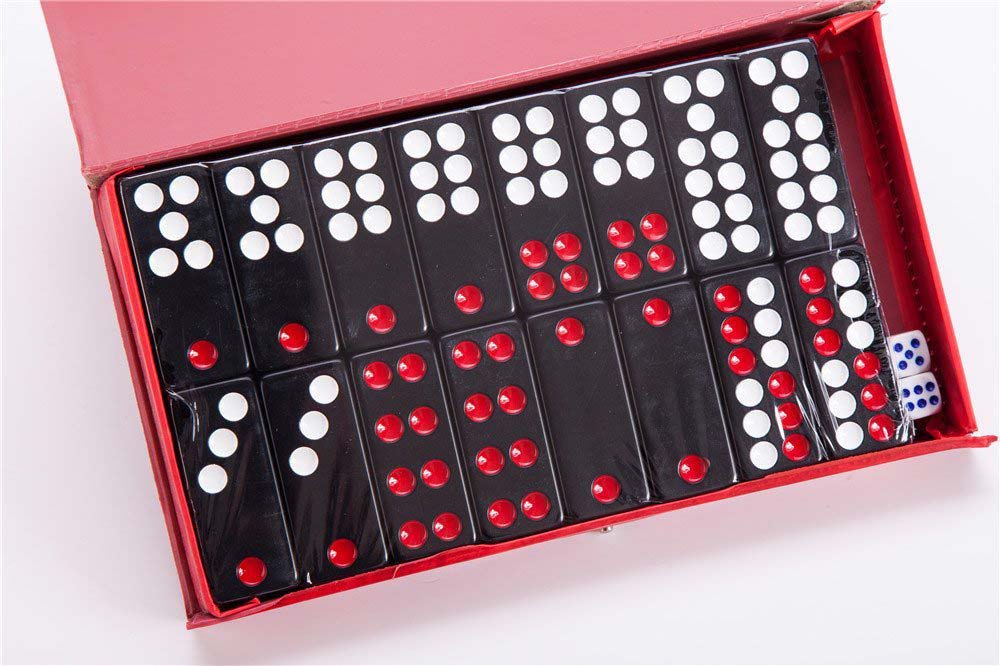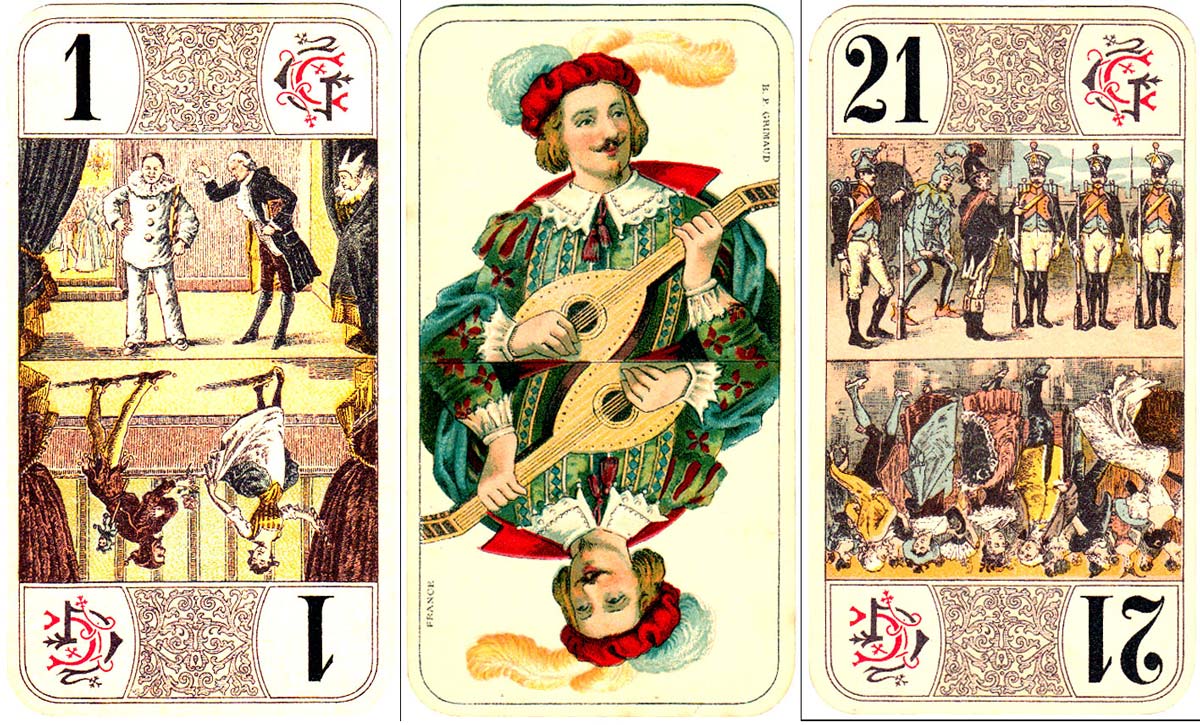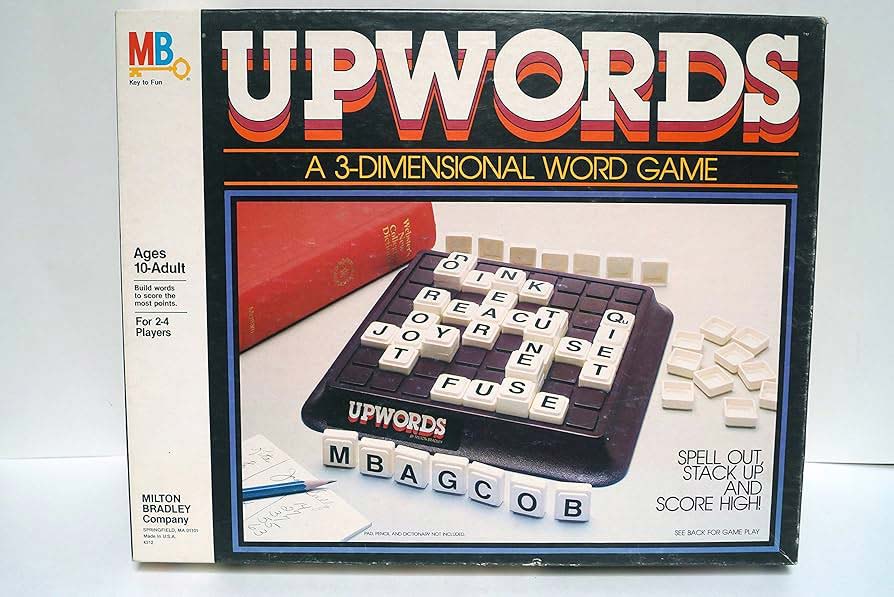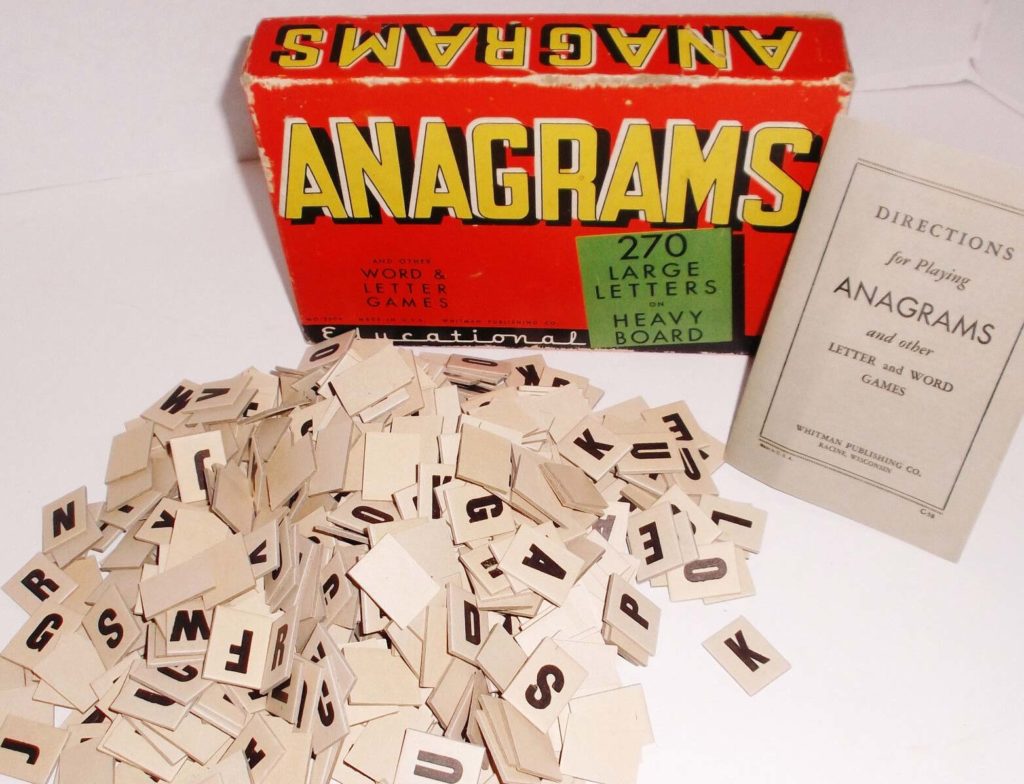
Welcome to the captivating world of Anagrams, a tile game where words are your weapons and your wits are the only limit. Imagine a game night where every scramble of letters brings the thrill of discovery and the joy of a perfectly crafted word. This isn’t just a game; it’s a linguistic adventure that sharpens your mind and tests your creativity. Ready to dive into the world of letter tiles and verbal dexterity? Let’s explore Anagrams.
Country of Origin: United States
Date of Origin: 19th century
Regions Popular In: United States, United Kingdom, and various English-speaking countries
Family: Tile-based games, word games
Also Known As: Word Tiles, Letter Tiles
Variants: Various editions with different tile counts and rules
Game Rules
Objective of the Game
The goal is to form as many words as possible from a set of letter tiles, either by yourself or against opponents.
Number of Players: Typically two or more players.
Tile Information: An Anagrams set contains letter tiles, each with a single letter of the alphabet. The number of tiles varies by edition.
Setup
Players draw a set number of tiles from a bag or pile. The remaining tiles are placed in the center for drawing.
Basic Gameplay
Players take turns drawing tiles and forming words by rearranging their tiles. Words can be placed on the table, and players can “steal” words by rearranging letters to create new ones.
Winning Conditions
The game ends when all tiles have been drawn and no more words can be formed. The player with the most words wins.
Key Terms
- Draw: Taking a tile from the pile or bag.
- Steal: Rearranging another player’s word to create a new word.
- Word: A valid combination of tiles that forms a recognized word.
Strategy and Tips
Here’s the scoop: Flexibility and a broad vocabulary are your best friends. Focus on common prefixes and suffixes to quickly form new words. Pay attention to your opponents’ words; they might present an opportunity for a steal. And remember, the longer the word, the more impressive the victory.
Historical Background
Anagrams has its roots in the 19th century, evolving from simple word puzzles to a beloved tile game. It became popular in English-speaking countries as a parlor game, challenging players to think creatively and strategically.
Popularity and Cultural Impact
Anagrams isn’t just a game; it’s a linguistic exercise that has captured the hearts of word enthusiasts and puzzle lovers. Its simplicity and versatility make it a favorite at family gatherings, in classrooms, and among competitive word game circles. Digital versions have kept the game alive, offering endless opportunities to challenge your vocabulary.
Legends and Funny Stories
There’s a legend of a wordsmith who once formed a 10-letter word using only the tiles from a single draw, leaving their opponents in awe. And then there’s the humorous tale of the player who confidently laid down “QUARTZY” only to realize it was missing an “R” in a moment of hilarious defeat.
Conclusion
Anagrams: a game where every letter counts and every word is a testament to your linguistic prowess. It’s more than just scrambling tiles; it’s about creativity, strategy, and the thrill of forming that perfect word. Ready to test your skills and expand your vocabulary? Grab your tiles, gather your friends, and immerse yourself in the word-building excitement of Anagrams. Happy playing!
